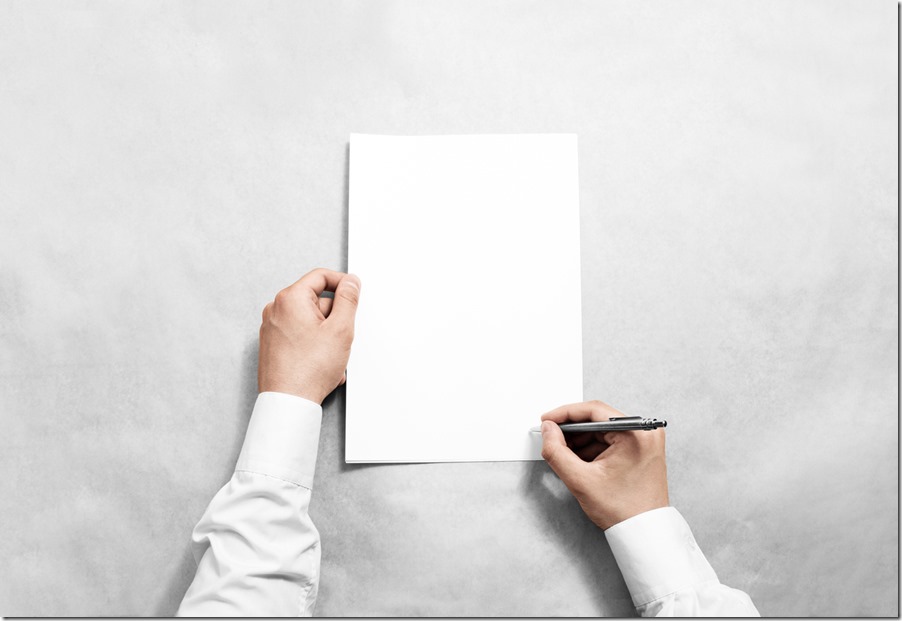How To Deliver A Great Presentation Using "Holes"
This is the fourth post in a six-part series focusing on the various methods of delivering a presentation, including talking from a script, using a script with “holes,” speaking from notes, using a teleprompter, and memorizing your talk.
During our public speaking workshops, we frequently work with executives who open a practice speech with a statement along these lines: “Thank you for coming. I’m very excited that you could join us today for this unprecedented announcement.”
The problem is that they’re reading those opening lines from their scripts, without even a hint of excitement in their voices, while looking down and making scant eye contact with their audiences. Here’s what I tell them when we review their videotapes together: If a line intended to be sincere has to be read from the page, it will lose all sincerity.
That’s why we encourage speakers using a script to look for a few places within their speeches to insert “extemporaneous holes.” During those holes, they briefly leave their prepared scripts and speak in a more “off-the-cuff” style. The open mentioned above, in which the specific words don’t matter as much as the tone and sincerity, is one logical place to leave a hole.

You can also “break the pattern” by looking for a place or two to add a hole within the body of your talk. For example, if you’re sharing a first-person story or offering a specific example, you might be better served by allowing your natural storytelling abilities to take over. You should practice your extemporaneous moments in advance — but I recommend stopping short of memorizing them word for word, which strips the device of its effectiveness.
You also might leave a hole for the close, for the same reason as you did the open — the sincerity of your final thoughts may prove to be more important than precision.
On the script itself, you can note the extemporaneous holes with a brief phrase such as “Warm Welcome” or “Tell Brody Manufacturing Story.”
Transitions between scripted and extemporaneous sections can occasionally sound a bit clunky to the audience, if the speaker’s shift of tone is abrupt. Pay particular attention to those shifts during your speech practice. It’s okay if the audience picks up on the change — but aim to make your transitions as seamless as possible.
Why Extemporaneous Holes Are Like Well-Tailored Pants

If you’re ever tasked with delivering a talk someone else prepared for you, look for places to personalize it with an extemporaneous hole.
As an example, I know someone who volunteers at a hospital, where she delivers the orientation workshop to new volunteers. She’s not alone in that role — other experienced volunteers also lead the same workshop. To ensure uniformity among the speakers, the hospital prepared a PowerPoint deck for the speakers to use. While that approach makes sense, it can also lead to stilted talks that sound as if they’ve been written by somebody else.
When speakers are asked to deliver such a template presentation, I encourage them to think of it as an off-the-rack pair of pants. Just as new pants often need to be hemmed or cuffed, the same is true with template presentations; you don’t have to wear them “as is.” Most presentations will benefit if you make a few alterations by injecting your own personality into them while retaining their basic shape.
For example, when the script (or slide) instructs new volunteers to wash their hands every time they enter a patient room, that scripted point can be brought to life with an extemporaneous hole about the time the speaker innocently forgot to wash her hands upon entering a room — and jumped when three nurses and a physician immediately (and with great agitation) barked at her, “GO WASH YOUR HANDS!” That hole will not only make the point more memorable — but will probably make the speaker seem more relatable, elicit a knowing laugh, and liven up the room.


